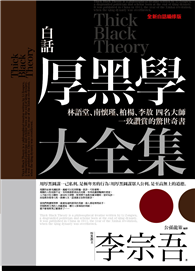Crack the code of finance’s big mystery—the balance sheet
In these times of financial anxiety, the ability to keep track of a company’s assets and liabilities is more important than ever, and you can’t do this without a firm grasp of the balance sheet.
Whether you’re a small-business owner, department manager, or individual investor, How to Read a Balance Sheet provides the skills you need to make the wisest financial decisions possible. A critical but rarely used business tool for non-financial professionals, the balance sheet provides a snapshot of a company’s financial position at any single point in time.
How to Read a Balance Sheet demystifies the subject by explaining:
- What a balance sheet is and how is it used to boost profits
- Key components of the balance sheet, including receivables, cash, inventory, long-lived assets, current payables, long-term debt, and equity
- How these different elements relate to one another other—and how to keep them under control
- Formulas, tips, and examples that illustrate key concepts
When you have a firm grasp of the balance sheet, you’re better armed to seize business opportunities and avoid financial pitfalls. How to Read a Balance Sheet opens a new door to top performance for any business professional.












